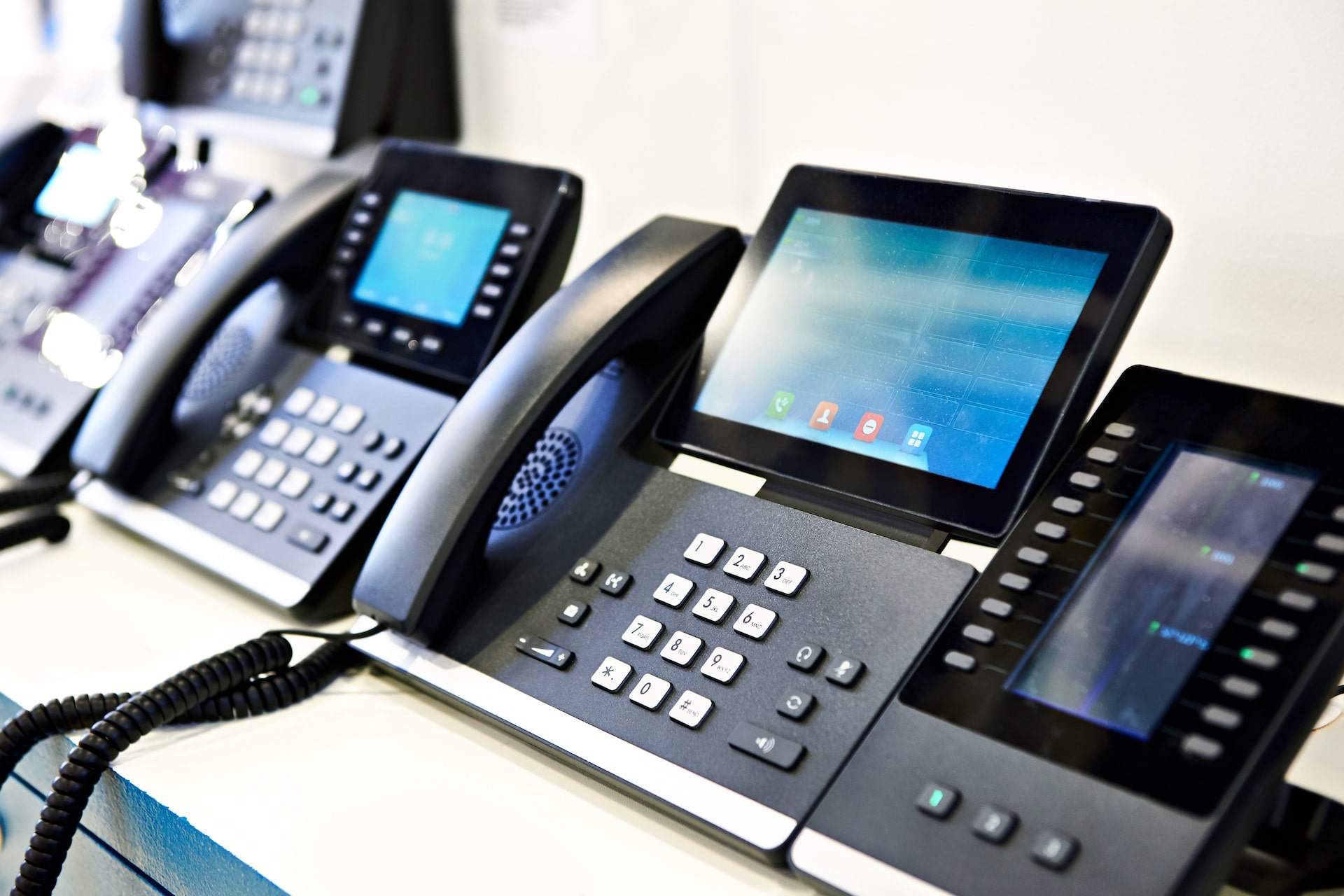Migrating to a new business phone system can be a daunting task, especially when considering the potential for downtime, lost data, and frustrated employees. However, with careful planning and execution, it’s possible to make the transition seamless and hassle-free. In this article, we’ll explore the key steps to take when upgrading your business phone system, along with expert tips and best practices to ensure a smooth migration.
1. Assess Your Current Phone System and Business Needs
Before you start the migration process, it’s crucial to assess your current phone system and identify the specific needs of your business. This will help you pinpoint the features and capabilities you require in a new system, which will in turn help you choose the most suitable provider.
- Evaluate the existing phone system’s performance, reliability, and scalability.
- Identify the features your business needs, such as call routing, mobile integration, and analytics.
- Consider your business’s growth plans and how they might affect your phone system requirements.
2. Choose the Right Provider and Phone System
Once you’ve assessed your business needs, you can begin researching potential phone system providers. It’s essential to choose a provider that offers a reliable, feature-rich, and scalable solution that aligns with your business’s requirements.
- Compare different providers, such as Ring Central, Intermedia, Windstream, and Vonage Business, to find the best fit (1).
- Consider factors like pricing, contract terms, customer support, and integration capabilities.
- Look for user reviews and testimonials to gauge the provider’s reputation and reliability.
3. Develop a Detailed Migration Plan
A well-thought-out migration plan is essential to ensure a seamless transition to your new phone system. This plan should outline the steps and timelines involved in the migration process, as well as the responsibilities of each team member.
- Work closely with your chosen provider to develop a migration plan that includes data migration, employee training, and system configuration.
- Set realistic timelines and deadlines to avoid unnecessary pressure on your team.
- Establish a clear communication strategy to keep all stakeholders informed throughout the migration process.
4. Prepare Your Network Infrastructure
To ensure optimal performance and avoid potential disruptions, it’s crucial to prepare your network infrastructure for the new phone system.
- If you’re migrating to a cloud-based system, ensure your internet connection can handle the increased bandwidth requirements (2).
- Check compatibility with existing hardware, such as routers, switches, and phones, or plan for necessary upgrades.
- Consider implementing Quality of Service (QoS) settings on your network to prioritize voice traffic and maintain call quality.
5. Train Employees on the New System
Employee training is vital to minimize confusion and maximize productivity during the migration process. Make sure to allocate enough time for training and address any questions or concerns.
- Offer training sessions on the new phone system’s features and functionalities, and provide access to user manuals and documentation.
- Encourage employees to practice using the new system before the migration takes place.
- Provide ongoing support and resources to help employees adapt to the new system.
6. Test and Monitor the New System
Before fully transitioning to the new phone system, it’s essential to test its performance and address any issues that may arise.
- Conduct a pilot test with a small group of users to identify potential problems and areas for improvement.
- Work with your provider to troubleshoot and resolve any issues that emerge during testing.
- Monitor the new system’s performance and gather feedback from users to ensure it meets your business’s needs and expectations.
Conclusion
Migrating your business to a new phone system doesn’t have to be a disruptive experience. By carefully assessing your needs, choosing the right provider, developing a detailed migration plan, and providing ample training and support, you can ensure a smooth transition with minimal disruption. At Metrodata Systems, we understand the challenges businesses face when migrating to a new phone system. Our expertise in working with various providers, such as Ring Central, Intermedia, Windstream, and Vonage Business, allows us to help you find the best solution for your specific needs. By following the steps outlined in this article and partnering with a reliable provider like Metrodata Systems, you can seamlessly upgrade your business phone system and enjoy the benefits of modern communication technology.


